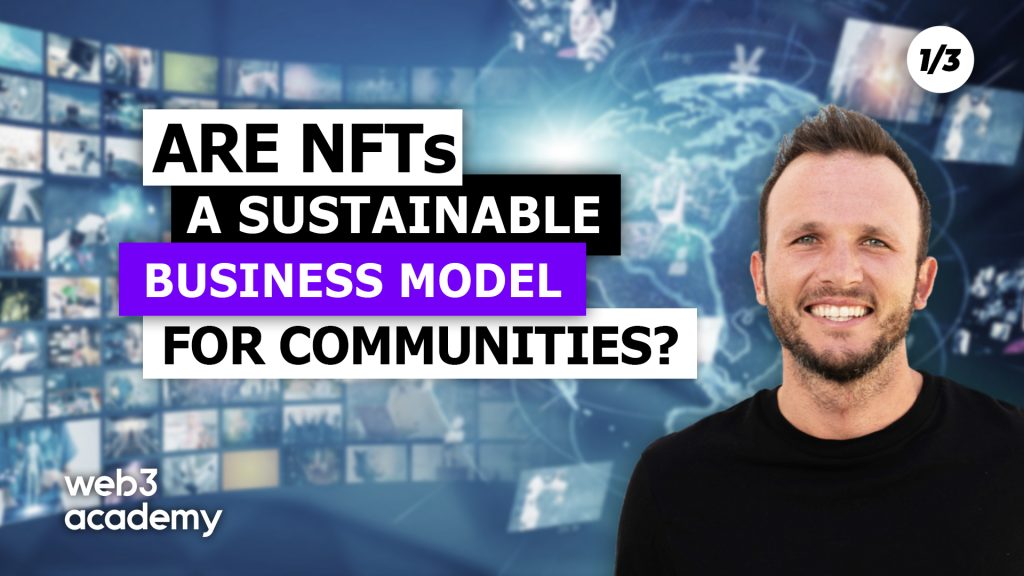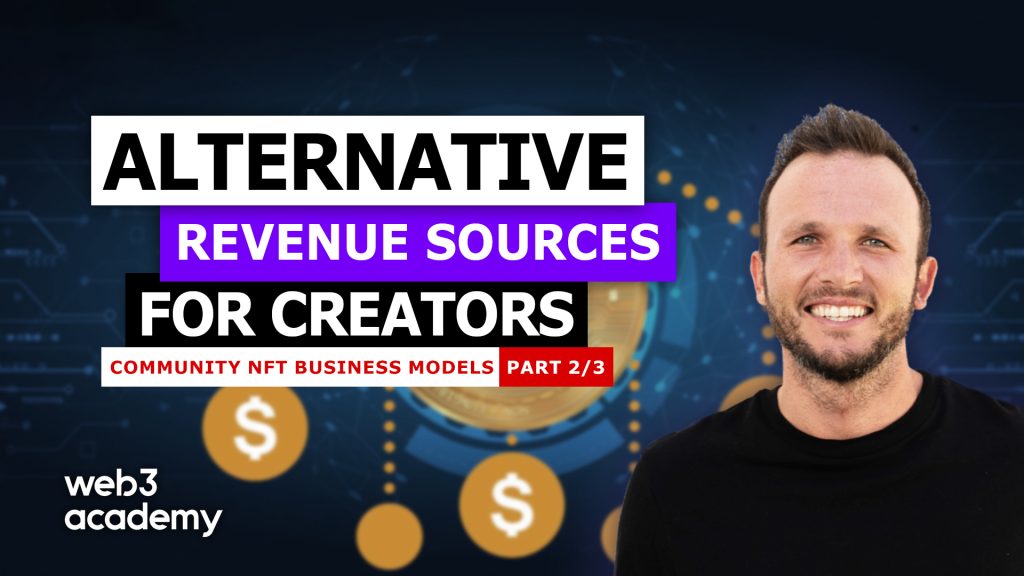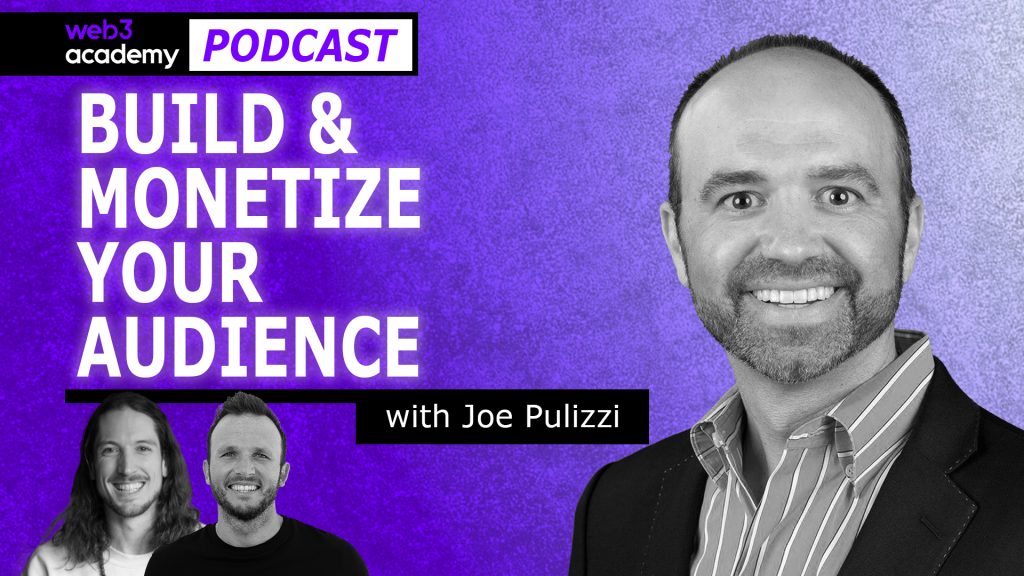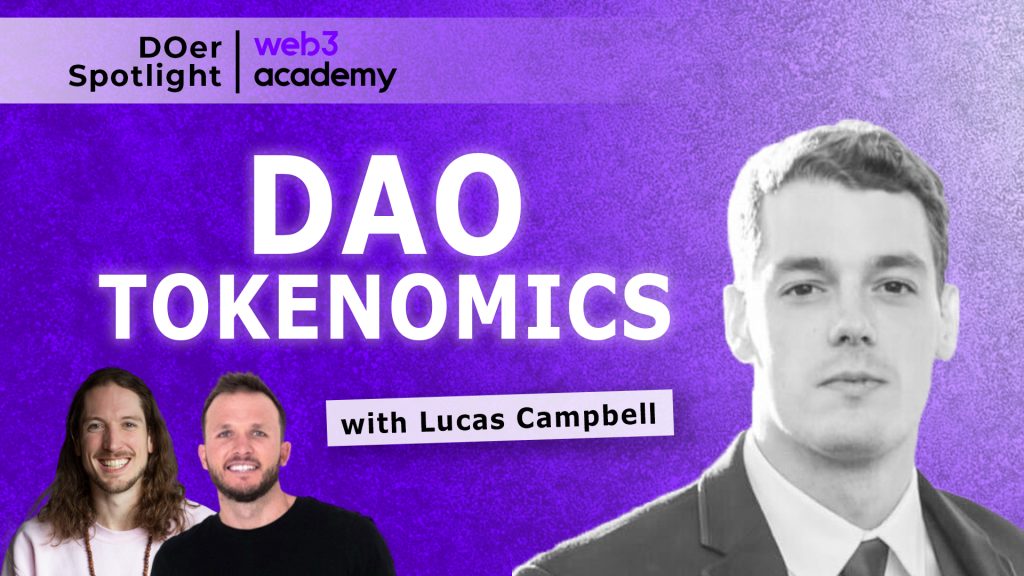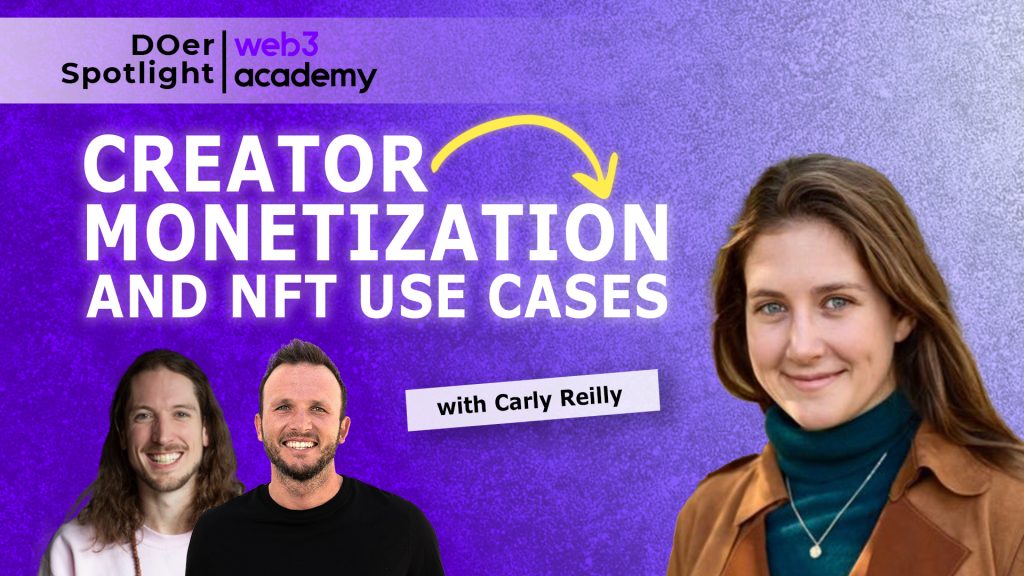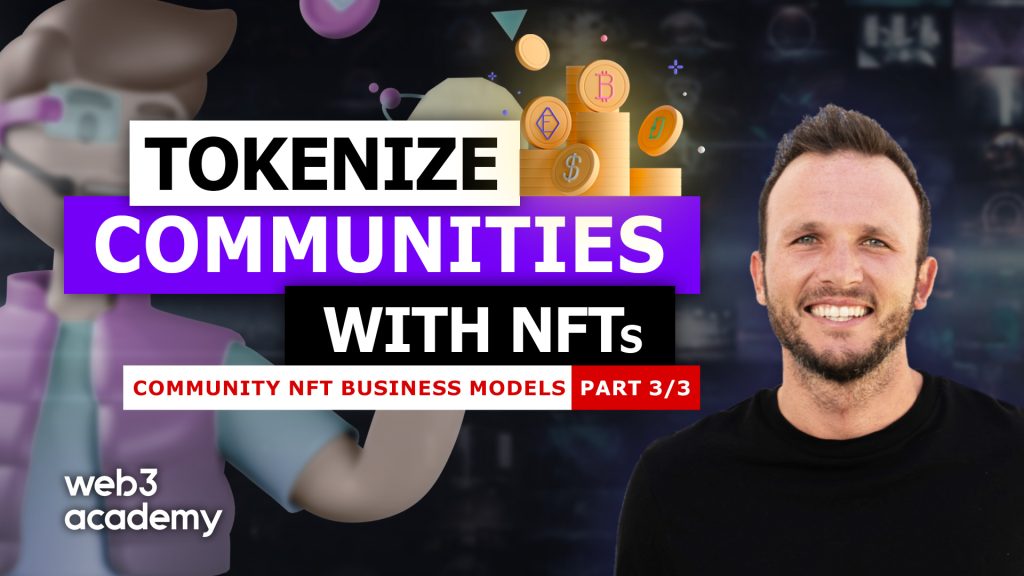
NFT Tokenized Communities Part 3: The Ultimate How-to Guide for Creators
Discover a Step-by-Step Guide for Successfully Tokenizing Your Community With NFTs
Tune into the podcast for some community-building alpha 👇
GM web3 DOers!
NFT tokenized communities are the future.
The cat’s already out of the bag and there’s no turning back. 🐈⬛
When done properly, it creates better experiences and incentives for both the customers and the creator. It unlocks creative, community, and building potential which is simply not possible using web2 tools.
In articles one and two of this series, we analyzed the current business models of communities and audiences in both web2 and web3. 💸
We also looked at what it means to tokenize a community and shared some alternative business models to ensure it’s for the creator while still giving value back to the community.
👉 If you haven’t read them yet, now’s your chance:
- Part 1: Are NFTs a Sustainable Business Model for Creators Tokenizing Communities?
- Part 2: Community NFT Business Models: Alternative Revenue Sources for Creators
Now we’re going to put everything together and design a step-by-step guide for you to tokenize your community with NFTs. 🤝
As a reminder, this guide is meant for content creators who establish an audience or community in a specific niche. Think the Bankless of DeFi, the Tim Ferris of productivity, or the Tony Robbins of self-development.
But this is also a useful guide for musicians, artists, influencers, and others who are building an online audience.
Regardless, the first step is finding out your “why”. 🤔
Tired of web2 social? Then check out Lenster, the evolution of social networking 👀
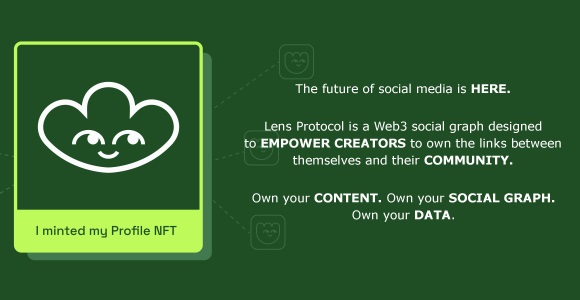
Why Are You Using an NFT?
You need to understand the purpose that your NFT will serve. Remember, an NFT is not your business, it’s simply a tool.
In this case, it’s a tool to provide ownership and shared incentives with your community. The reason you do this is to turn your passive audience into an active group of contributors who’ll help take your business to the next level.
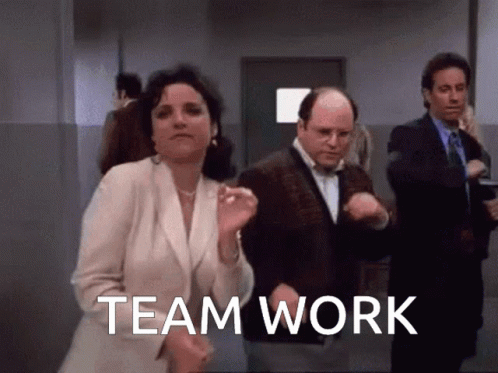
If you don’t want to build community and work with a large group of individuals or your audience isn’t the type who’ll want to contribute and build, then you may want to rethink tokenizing your community via NFTs.
Instead, you may want to gamify your community with social tokens or use a more traditional web2 membership model (which can also be done via NFTs).
But for most creators—especially if you are a creator in web3 today—your audience will consist of two categories: consumers and contributors.
Every creator will have people in their audience or community who just want to consume content and those who want to contribute. The creator’s goal should be to create products that suffice for both of these types.
Here’s what to consider:
Consumer
These are fans who want to learn, listen or consume your content. They are happy to pay for your content but aren’t looking to help you build a new business or contribute to building your existing business.
This group doesn’t need ownership or incentives, nor do they need a product with limited supply. If anything, tokenizing this group with an NFT collection will only limit the revenues you can generate while also limiting the number of consumers who can access your product.
The product for consumers should be scalable and ideally a lower entry price. Subscription-based models are great for this audience type as it achieves both scalable revenues and maintains a lower price point for the average consumer.
These types of products don’t even need to be web3 in nature as ownership is less important. That said, there are some interesting ways to use web3 for scalable products—NFT subscriptions being one of them.
Contributor
A contributor is a community member who shares your mission. They don’t just want to learn and consume, they also want to participate in moving the mission forward. They want to help you create content, build additional products, help other community members and be part of something bigger.
This is when tokenizing your community with NFTs is an absolute no-brainer. 🧠
Provide ownership and share incentives with these individuals and you unlock the power of web3. You can build your own army of helpers with the mint of a token!
Better yet, your contributor group will help you build the consumer-focused product mentioned above, just like the Bakery DAO example from article two of this series.
I originally wanted to dive more into building products for consumers as well, but have decided to save that for another date for the sake of time.
So this guide will cover how to tokenize your community of contributors.

EXTRA CREDIT
Learn About NFT Business Models From a Web3 Veteran
We previously chatted about NFT business models with Zeneca, founder of the 333 Club, to gain insight into how he views tokenized communities.
👉 NFT Business Models With Zeneca 👈
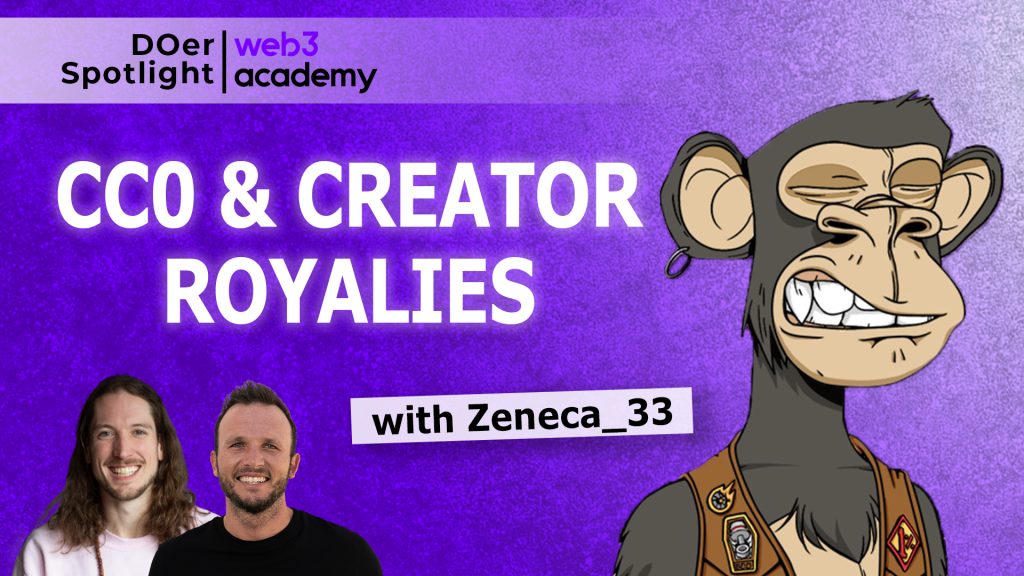
4 Tips for Tokenizing Your Community With NFTs
I like to think of tokenizing your community as starting a business with strangers.
For this to make sense for you and the token holders, this business needs to create value. If it doesn’t, token holders will have little reason to hold on to the NFT, tanking the price of your holders’ assets and potentially destroying your community’s trust. 📉
Where many NFT collections went wrong in 2020/21 is they didn’t build a strong community of contributors. Instead, they hyped up their project which led to token holders being mostly speculators and NFT traders.
As a result, they had no community to help them build, minimal to no ongoing revenue, and ultimately a broken business model.
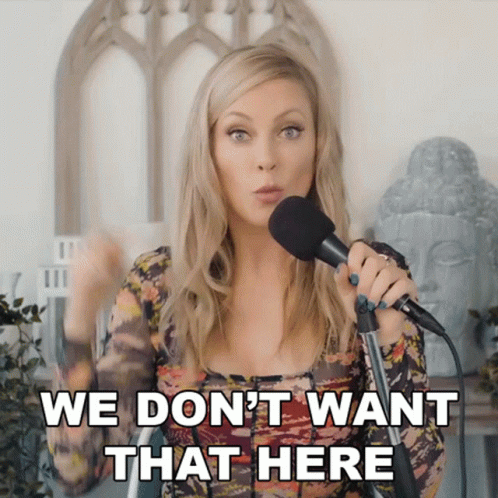
Let’s fix that for creators tokenizing in 2022 and beyond.
Before you even think about tokenizing you need the following:
- A clear mission and direction for the community: This is true when starting any business. But it’s even more important when you aim to start building with 1000s of strangers from all over the world. You need a guiding north star for everyone to head in the right direction.
- Commitment and contribution from the community before a token exists: Remember, if you’re tokenizing a community it’s about building with them, not making a lump sum of money at mint and that’s it. That business model is broken and will only hurt your business and community long term. If you don’t have commitment and contribution from your community already, then it’s not time to launch a token. You still just have an audience of consumers and they require a different product and business model.
Once you have the commitment and you’re ready to begin architecting your NFT, here’s what you want to be thinking about:
1. Ensure the Right People Get These NFTs (Invite Only, Exclusive Access, Etc.)
If you’re tokenizing your community, it seems pretty obvious that your community members should be the ones who actually get your token.
Yet, in the last few years, many creators have launched with absurd prices and opened their mint publicly to whoever could mint first, excluding many of their own community members.
The launch of your token should not be about hype.
It should be about giving ownership and sharing incentives with the people who are going to help you take your business to the next level.
You should think about using invite-only mints or finding ways to provide exclusive access to your existing member—those who have already proven to be loyal and willing to contribute.
My best advice is to build in the open with your community. Discuss pricing and launch strategies, and they will help you make this a reality.
Your goal here is not to sell out or make the most upfront, it’s to onboard the right people into your tokenized community.
I think the best metric to understand how well a creator tokenized their community is looking at secondary sales after mint. The closer you can get that number to zero, the better.
Why? Because that means you’ve put ownership into the hands of the right people.
Using hype and hoping speculators and traders buy your NFTs for a quick sell-out will only prop up the price of your NFT collection and ultimately end in a broken community and dissatisfied token holders.
This is not how you build a sustainable business!
2. Consider NFT Supply Based on Community or Potential Community Size
Less is more. That’s the key here.
You don’t need to have 10,000 NFTs in your collection. I honestly don’t even know where that number came from…
Maybe it looks nice?
It’s important to understand the size of your community and those interested in building with you. If you only have 100 people, what’s the point in launching 10,000 NFTs?
All you’re doing here is creating more noise and confusion in your tokenized community.

You’re also just asking for speculators and traders to be involved.
By the way, I’m not saying that speculators and traders are completely bad. In some cases, you may want some of them involved at the mint.
For example, some creators are looking to go big and build the next game or metaverse which requires some serious funding.
In these cases, it may make sense to have speculators to help raise funds. But you better make sure you’re going to deliver on that big promise!
For most creators, though, I recommend you mint your NFT collection in cohorts. If you think your potential community size is 10,000 yet you only have a few hundred currently, that’s ok.
Start with an invite-only mint for those few hundred. That way you can start small, get organized, and begin building.
I repeat, if you want to build with your community (aka create a DAO), start small! You’ll see why soon and then you can thank me later 😁
As your outside audience grows and more people want to get involved, you can mint more in the future. If your community is on track and creating value you can likely charge more over time for these ongoing cohort mints as well.
I’d also recommend saving some of the future NFTs for yourself to sell at a later date (think of it like equity in your company).
You could also save some in your tokenized community’s treasury for some extra incentive. This is the 2nd alternative revenue model I discussed in article two of this series.
On a final note, make sure you are upfront with the community about the total amount of NFTs which will be minted. You definitely don’t want to be printing new ones out of thin air!
FYI: I’d recommend looking into how JUMP launched their community NFT. To date, this is the best example I’ve seen so far in web3.
3. Sharing Funds Raised With the Community
Sharing is caring.
Web3 is about aligning incentives with all stakeholders within a community. That’s the wonderful thing that ownership enables.
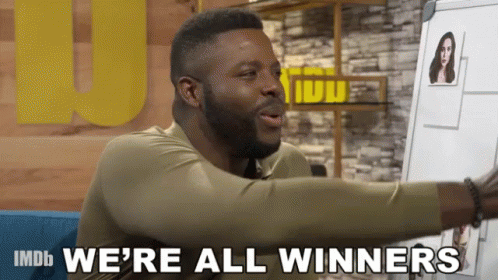
There are two ways in which you should think about sharing with your community.
- Mint revenue splits. You may want to share some of the mint revenues with your community to help get them started. Put some of the revenues in a treasury and let the community figure out how to spend it to further the mission. As mentioned above, you can also share some “equity” by holding some of the unsold NFTs in the community treasury.
- Ongoing revenues. As your community helps you build products and take your business to the next level you can offer them a % revenue share. I think this is a great way to align incentives and keep the creator and the community focused on building together.
The community might go off building other products as well, which is great too, but at least this sets you both on a similar path to support one another.
Maybe the community will even want to revenue share the products they create too, as the creator is the one with the audience who can help them sell their products/services.
4. Branding & Identity for the Community and Its Members
To pfp (profile picture) or not to pfp? That is the question.
Most NFT communities went the way of creating 10,000-piece NFT collections with pictures of animals, faces, or anything else that might be amusing to host as your profile picture on Twitter, Discord, or other social platforms.
This ended up with most people trying to figure out how a monkey picture could be worth $100,000+.
Too much focus was put on the images of these NFTs when in reality the value of these NFTs has nothing to do with the art (these are community NFTs, not art NFTs… there’s a difference!).

The value comes from owning the unique ID which gives you access to the community, the revenue share, the events, or whatever else came with the NFT.
I say this because I want people to understand what really matters in a community-based NFT.
That said, I think going the route of a pfp is actually extremely smart. Look how much attention these collections received in the last couple of years. Some of the biggest celebrities in the world changed their profile picture to BAYC and other pfp NFTs.
It’s free marketing and incredible branding that can go viral. Why wouldn’t you take advantage of this?
If you’re launching a business, wouldn’t you want every one of your employees flaunting that they’re part of that company across their social channels? Of course!
Not to mention it gives the members of the community a sense of identity. A sense of belonging.
NFT or not, this is an extremely powerful feeling for your community members to have
Let me be clear here, the picture of your NFT has nothing to do with the success of your tokenized community. That said, when done properly, it can be used as a great marketing and branding tool for the community.

QUESTION
Would You Rather Release a PFP Collection or Make All Your NFTs the Same?
A. PFP collections rule. I’m all about that customization baby!
B. I’d make all the NFTs the same—it’s about community, not art!
👉 Let us know by replying to this email.
Building With 1,000s of Strangers
What I shared above are the main things I recommend you think about before tokenizing your community with NFTs.
But before I end this guide, I want to share some insight into what it’s like to build with such a large community. So that you have some perspective and expectations as you launch into this new world.
Most creators looking to launch a token to their community have likely never tried to build something with their community before.
In fact, most people in a community have probably never tried to build something with a community before either.
The idea of a DAO (decentralized autonomous organization) and incentivizing communities is still very new.
I’ve had the pleasure of being part of the genesis of Bankless DAO (a tokenized community spun out of the Bankless audience) as well as Web3 Academy DAO (a tokenized community spun out of the Web3 Academy audience), so I have some first-hand experience to share.
In this section, I’m not going to get into a “how-to” or provide tips on building a community (though I’m leading a community mastermind on how to build and scale digital communities soon).
👉 If you want to join apply here.
Instead, I just want to paint a picture and manage expectations for creators thinking about tokenizing their communities.
Let’s start by saying this: Both experiences were one of the most fulfilling and exciting parts of my entrepreneurial career, in addition to some of the greatest learning experiences, and finally some of the most exhausting.
In both cases, 100s to 1000s of strangers around the world came together inside a Discord server in one moment and attempted to organize, find roles, establish direction and ultimately begin building together.
As you might imagine, it is pure mayhem for the first few weeks.
So much passion and excitement combined with pure confusion and loss of direction.
Most people have no idea who the others are or what experiences or skills they hold, nor do most people know where they fit in, what roles are required, or who is taking the lead on what.
It’s pure chaos.

Of course, over time both groups became organized(ish), found roles for the members, and agreed on a direction.
However, it’s a long and difficult process.
So my first piece of advice here is to understand that tokenizing a community is not easy nor will it succeed immediately.
If you are busy creating content and running your existing business, then don’t underestimate the effort and time required to help the new community get on its feet.
There’s a lot to think about when attempting to tokenize a community in the hopes of building something of value together.
I think the big mistake most creators have made so far is simply expecting that the community will know exactly what to do and start building amazing things immediately.
In reality, it’s very much the opposite.
It’s a long-term endeavor that will take time and effort, just like any business!
Parting Words
My advice is to really get to know your community before you launch. Understand who they are and what they want to do.
Also, build in the open. Let them know your intentions and work with them to generate feedback and explore different ideas.
The more you can make your community feel like an organized DAO before you launch your token, the better! Also, the more you remain open and involve the community in your token launch, the better your chance of success.
There you have it, friends! The ultimate guide for creators to tokenize communities with NFTs.
Have some feedback or your own thoughts on this topic?
👉 Join the Web3 Explorers Club Discord and head to the #podcast-discussion channel. There’s a post specific to this article where you can ask and share with other web3 DOers.
ABOUT THE AUTHOR
Kyle Reidhead
Founder of: Web3 Academy & Impact Digital Marketing
Find Kyle: Twitter

FOR THE DOERS
Take Action & Level Up
LEARN
Take our FREE Web3 Rabbit Hole Course to get up-to-speed on the foundational components of Web3 so you can confidently build, work, or use the fastest growing technology in history.
JOIN
Head over to the Web3 Explorers Club to get ready for November’s community-cultivated mastermind!
READ
Learn about a web3 veteran’s take on NFT Business Models.

LEVEL UP WITH WEB3 ACADEMY
Subscribe: Apple Podcast | Spotify | Youtube
Follow: Twitter | TikTok | Instagram | Facebook




